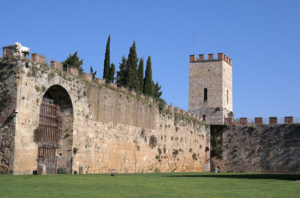FIRST INTERNATIONAL CONFERENCE
COLLABORATIVE BIOMEDICAL ENGINEERING FOR OPEN SOURCE MEDICAL TECHNOLOGIES
September 1-2, 2018 - Pisa (Italy)
b
.
CALL FOR PARTICIPANTS
“Open source Medical Technologies” means sharing the design, documentation, source-code, ideas and blueprints, as well as results and collected data, with other professional medical device designers.
The scope of this workshop is to develop concrete strategies to reinforce research on sustainable healthcare through global collaborative design, a process which holds the key to economic growth, competitiveness, health, quality of life.
Scientific Committee
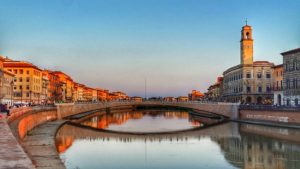
- Arti Ahluwalia – University of Pisa
- Carmelo De Maria – University of Pisa
- Andrés Diaz Lantada – Universitad Politecnica de Madrid
- Philippa Makobore – Uganda Industrial Reserch Institute
- June Madete – Kenyatta University
- Mannan Mridha – Royal Institute of Technology
- Alvo Aabloo – University of Tartu
- Ernesto Iadanza – University of Florence
Agenda
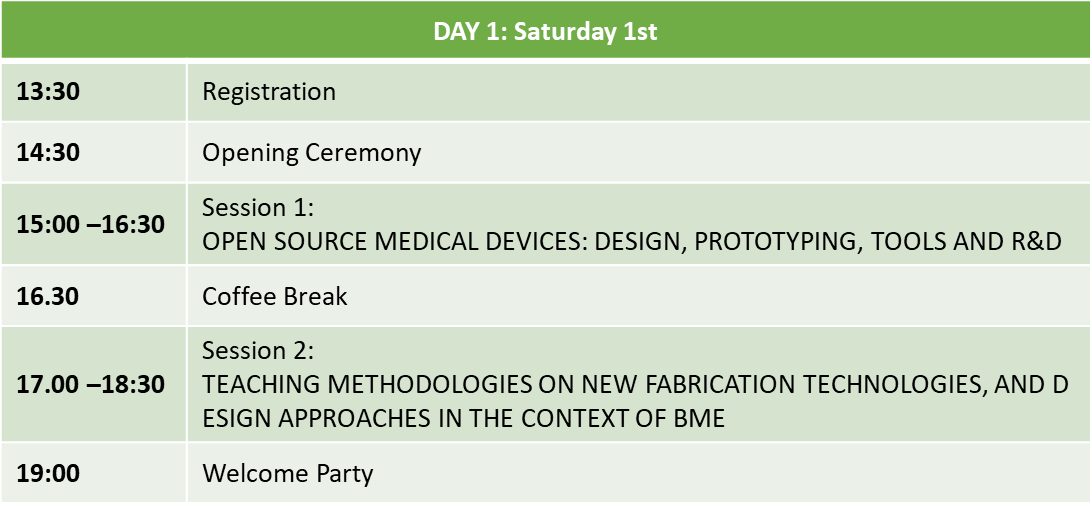
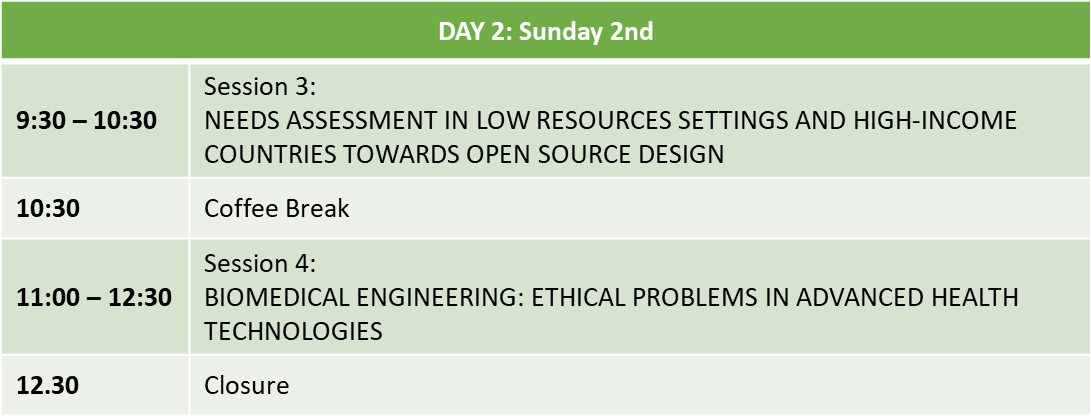
Keynote Speakers
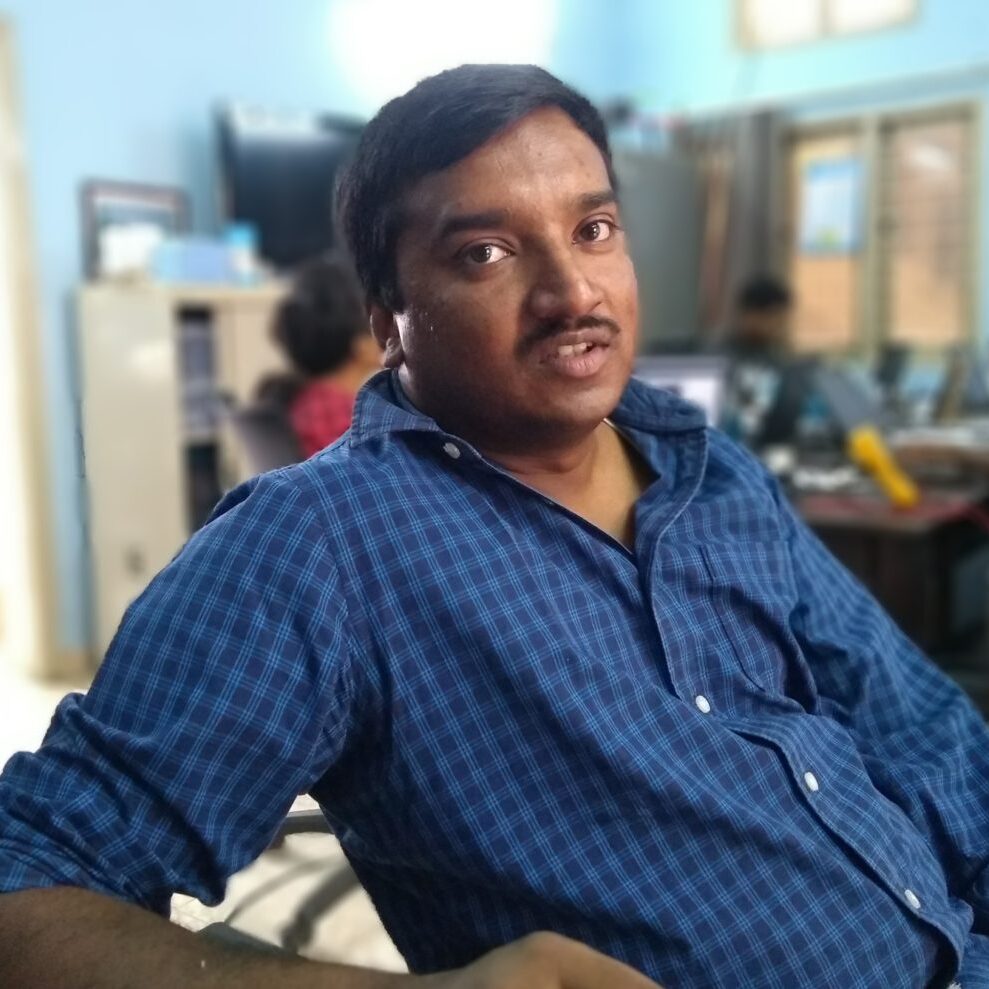
Ashwin k Whitchurch
Ashwin runs an open source hardware company called ProtoCentral in Bangalore, India where we develop and make new ways of sensing, primarily in the healthcare space. I have a BS-MS integrated degree in software engineering, but my heart being in Hardware, went on to earn an MS in Microelectronics-Photonics from the University of Arkansas. We have successfully launched and delivered two campaigns on Crowd Supply, the HealthyPi and the HeartyPatch devices. I have given talks before at the Open source hardware summit 2016 in Portland and the Hackaday Superconference 2017 at Pasadena. (Click here for the keynote)
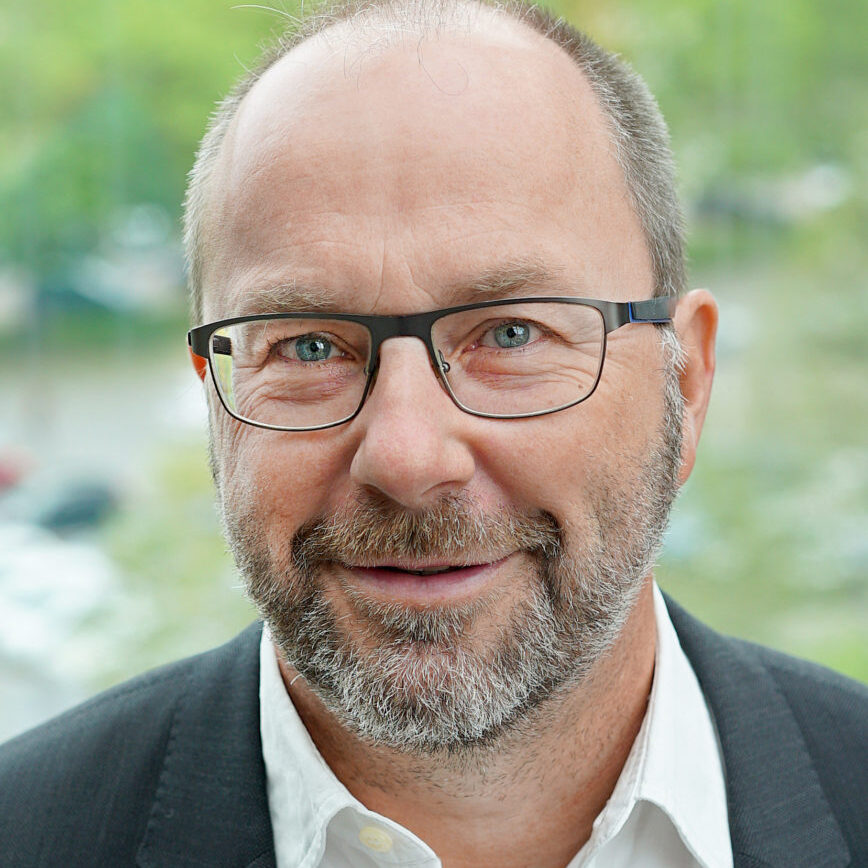
Johan Malmqvist
Johan Malmqvist is chair professor in product development at Chalmers University of Technology, Gothenburg, Sweden. His research addresses development methodologies and IT support for product development (PLM). Current research focuses on methods and tools for product configuration applied to personalized medicine and for design data mining. Another area of interest is engineering education. Malmqvist was one of the co-founders and lead the international Conceive-Design-Implement-Operate (CDIO) Initiative from 2005-2017. The engineering education model that has been developed by the CDIO Initiative has been adopted by a large number of universities across the world. (Click here for the keynote)
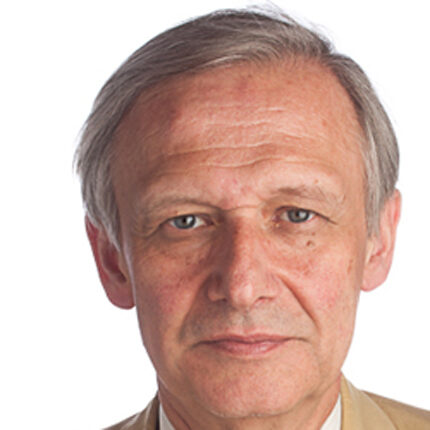
Sergio Cerutti
Sergio Cerutti is a Professor in Biomedical Signal and Data Processing at the Department of Electronics, Information and Bioengineering at the Politecnico of Milan. His research activity is mainly dedicated to various aspects of biomedical signal, data processing and modelling related to the field of neurosciences as well as in cardiovascular and autonomic nervous system applications. Since 2013 he is Member of the Ethical Committee of “Istituto Europeo di Oncologia (IEO)” and “Centro Cardiologico Monzino” in Milano. He is a Fellow member of IEEE, AIMBE and EAMBES, the most important scientific Institutions in the area of Biomedical Engineering and member of other international and national technical & scientific Associations. (Click here for the keynote)
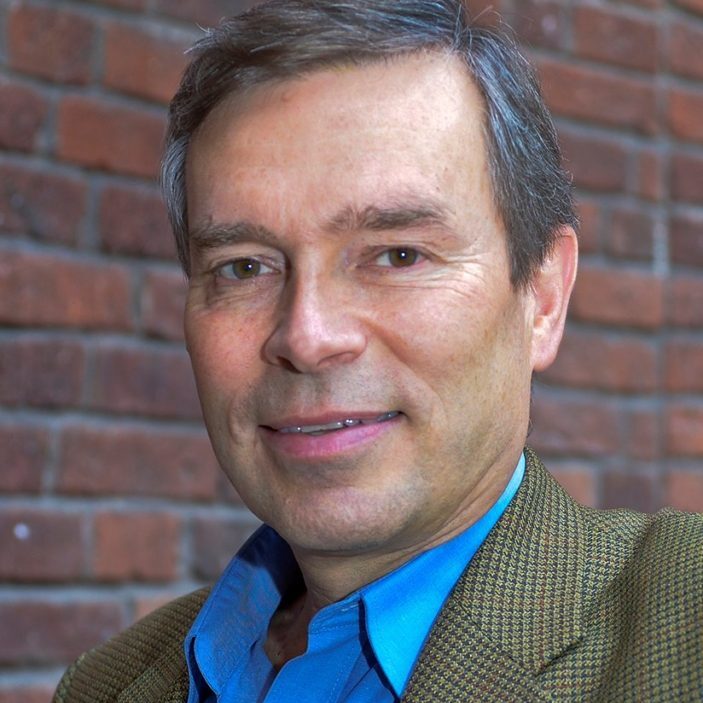
Heikki Terio
Professor Heikki Terio is working at Karolinska Institute, in the division of Functional Imaging and Technology, part of the Department of Clinical Science, Intervention and Technology (CLINTEC). He has a long experience in needed assessment for low resources settings as a clinical engineer, and he focused on the process for achieving a sustainable healthcare guaranteeing patients safety through a large use of medical information data systems. (Click here for the keynote)
ABSTRACT SUBMISSION
We welcome contributions covering the following specific topics:
- Open source medical devices design and prototyping
- Open source tools for R&D in biomedical engineering (BME) context
- Need assessment in low resources setting and in high-income countries towards the Open Source Design
- Teaching methodologies on new fabrication technologies, and design approach and problem-solving in the context of BME.
- Security, safety and legal issues in the context Open Source Medical Technologies
Contributions have to be prepared according to the template, and sent in editable format to info@ubora-biomedical.org
REGISTRATION
| REGISTRATION FEE TYPE | EARLY BIRD FEE (BEFORE 10 JULY) | LATE REGISTRATION FEE (BEFORE 25 AUGUST) | ON SITE REGISTRATION |
|---|---|---|---|
| Regular delegates | 150 € | 200 € | 220 € |
| Students (including PhD students1) | 50 € | 80 € | 100€ |
1 With proof of status – Any individual, who is engaged as a full-time graduate or undergraduate, in a university or college program. You will be asked to submit a copy of your student id in the registration form.
Registration fee includes:
- Admission to all sessions
- Conference documentation
- Coffee breaks and welcome cocktail (on Saturday evening)
Payment method
- Early bird and Late registration: Bank Transfer
Register NOW
How To Get There
The Pisa International Airport G. Galilei is connected with direct flights to many European Countries. The Airport is located 10 minutes far from the City Center, and it is served by buses (frequency 15 minutes) and by the new light- metro People Mover.
Florence airport is connected to Pisa by a bus service (1-hour trip) with a frequency of 1 bus per hour
Tourist Information
In case you are wondering what you could do in Pisa in September (in addition to the scientific and social program of our conference), here are some tips below.
PIAZZA DEI MIRACOLI AND MUSEUM OF SINOPIE
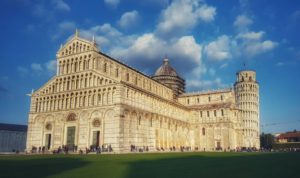
Piazza dei Miracoli is recognized as one of the most important center of European medieval art and one of the finest architectural complexes in the world. The bell tower, located behind the cathedral is the famous Leaning Tower of Pisa. In 1987, the whole square was declared a UNESCO World Heritage Site.
Close the Piazza dei Miracoli, the museum of sinopie collects unique and extremely rare graphic works representing the first step toward making the frescos on the walls of Camposanto in Pisa.
More information at http://www.turismo.pisa.it/en/itinerary/detail/Piazza-dei-Miracoli/ and http://www.opapisa.it/en/square-of-miracles/sinopie-museum/.
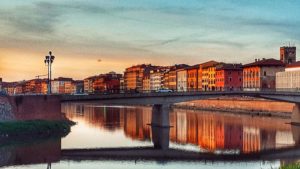
LUNGARNI PISANI
Many poets and artists have been fascinated by Lungarni Pisani having inspiration from the beautiful noble palaces that overlook the Arno river. This is a picturesque walk, which has as its theme the river has always been inextricably linked to the life of the city.
PALAZZO BLU
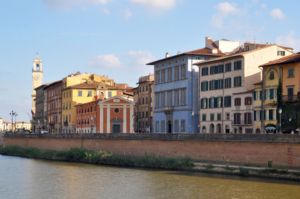
During your walk on the Lungarni, you can join wonderful views of typical and ancient buildings, in particular Palazzo Blu, a centre for cultural activities and exhibitions. In particular, in September you can join two interesting exhibitions: “Lorenzo Mattotti. Immagini tra arte letteratura and musica” and “Pisa città della ceramica”.
Please, visit the website https://palazzoblu.it/ for more information and for booking the tickets.
ANCIENT WALLS OF PISA
Pisa wall’s are the oldest city walls in Italy and remain almost entirely intact. After years of works and renewal, visitors can now walk on these impressive and suggestive walls during the weekends. Tickets (5 euros) are available at the four gates: Porta Nuova piazza dei Miracoli, Porta a Lucca, Porta San Zeno and Porta Calcesana.
If history, art and museums are not your cup of tea, you can get to know to the sights and activities in Pisa from the following sites: http://www.eventiintoscana.it/eventi-pisa and http://www.turismo.pisa.it/en/

